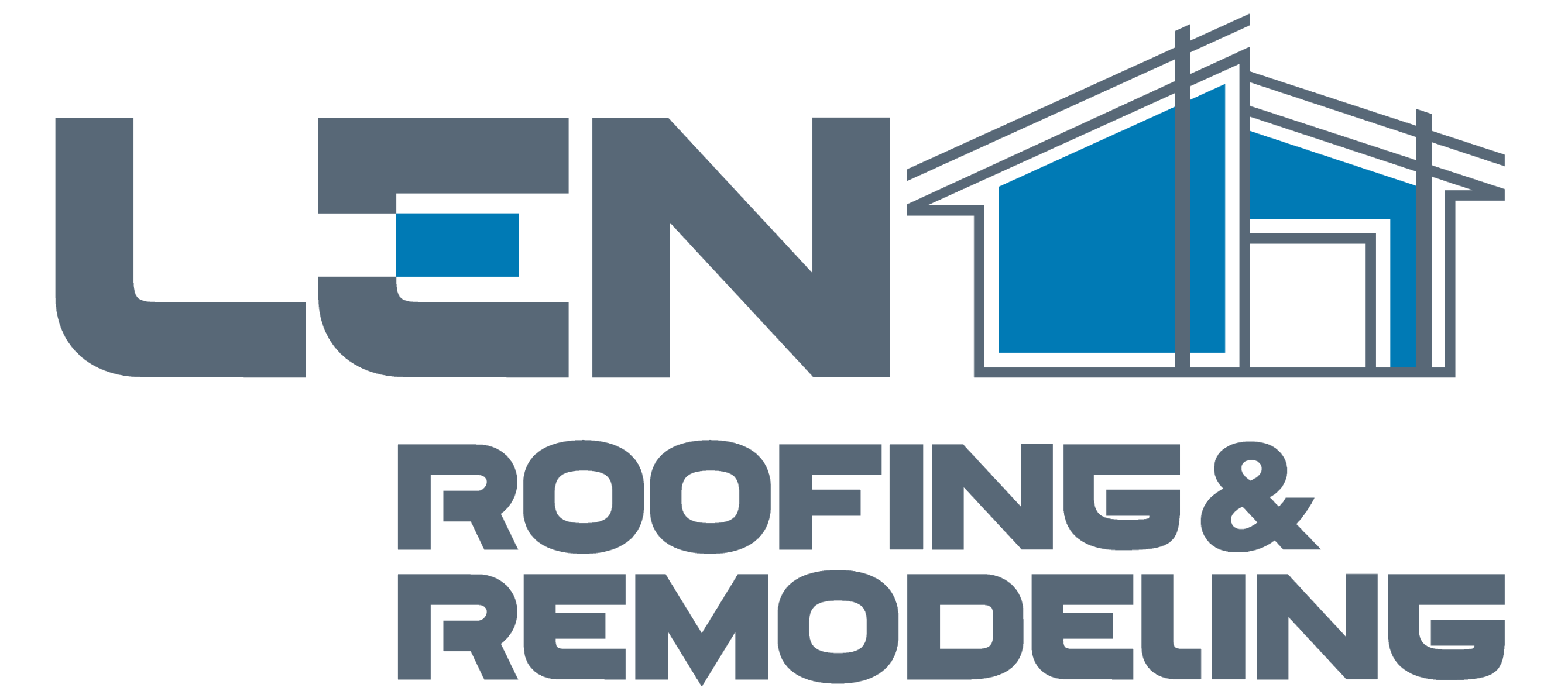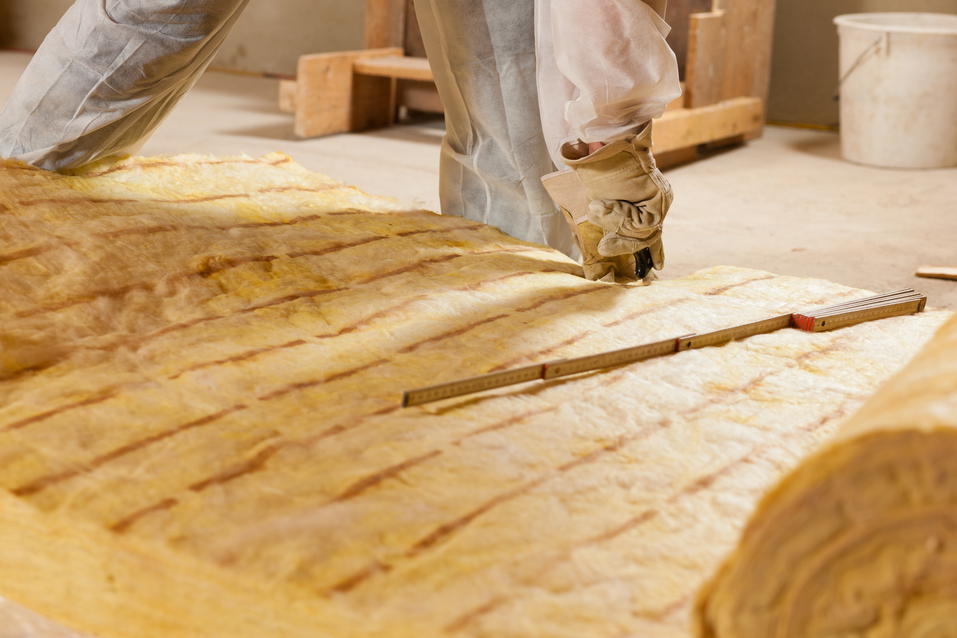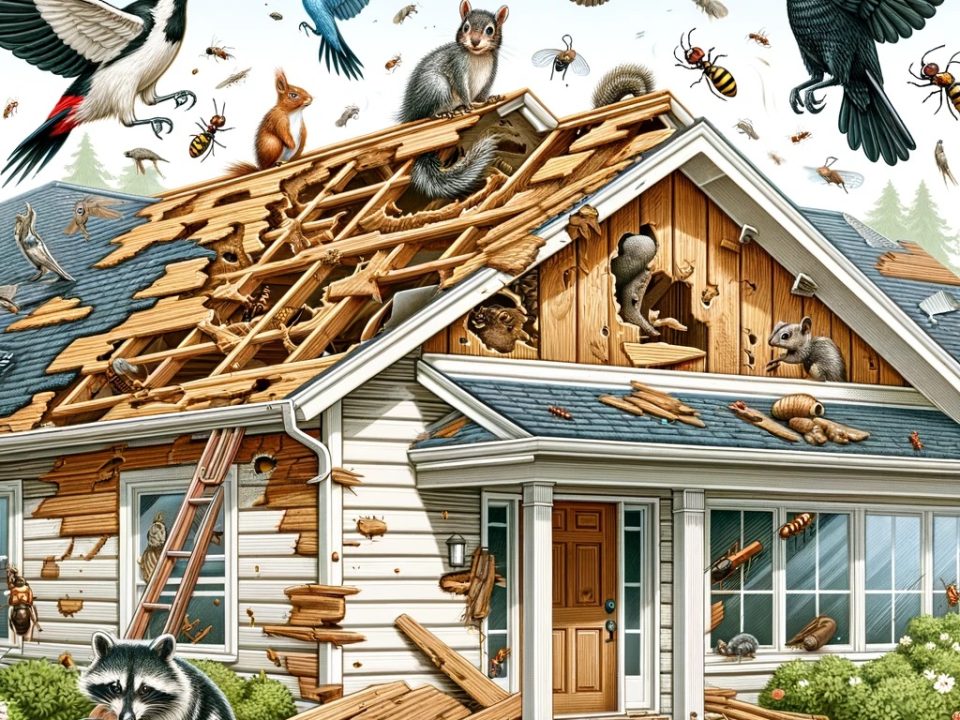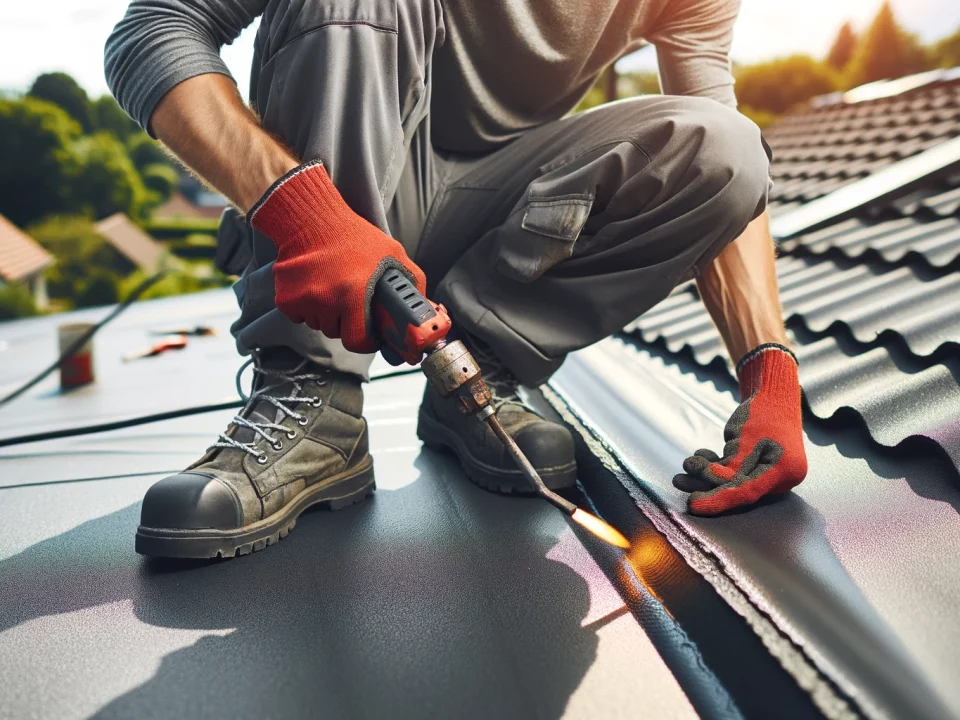Maximizing Energy Efficiency: A Comprehensive Guide to Insulation
Did you know you can save an average of 20% on your home’s heating and cooling costs by maximizing your home’s energy efficiency?
Over the life of owning your home, this can really add up. Today, we look at different types of insulation and how they contribute to maximized energy efficiency.
Insulation Guide: What are the Types of Insulation?
There are five common types of Energy Star insulation used in homes:
- Blankets and rolls commonly used in unfinished walls, including foundation, basement and crawlspace walls, floors, and ceilings.
- Loose fill, best for enclosed existing walls or open new wall cavities, unfinished attic floors, and hard-to-reach places.
- Sprayed or foamed-in-place insulation used for small cavities, enclosed existing walls, open new wall cavities, unfinished attic floors, and attic ceilings.
- Rigid fibrous or fiber used in ducts in unconditioned spaces and places requiring insulation that can withstand high temperatures.
- Foam or rigid board used in unfinished walls, including foundation, basement and crawlspace walls, floors and ceilings, unvented low-slope roofs, continuous exterior insulation, and exterior below-grade foundation walls.
You can save up to 10% on energy costs by improving insulation used for your floors, areas such as attics and crawl spaces, basement rim joints, and other air leaks throughout your home.
Comprehensive Insulation Installation: Understanding R-Value in Insulation
Insulation reduces how much heat leaves your home.
The effectiveness of insulation is rated using what is known as R-value, with the greater R-value indicating better heat flow reduction. Because several materials are used to insulate your home, R-values are additive, meaning you can increase R-value based on the overall materials used.
R-value applies to several housing materials, including:
- Doors
- Glazing, including windows
- Roofing
- Flooring
- Siding
- Masonry and concrete
- Actual insulating materials like those listed above
- Building board
- Air films
- Air space
Each insulating element increases the R-value of your home’s overall insulation. Ideally, your home insulation levels should be between R-20 to R-30 in the walls/foundation and R-50 to R-70 in the ceilings. When used and combined effectively, you maximize your home comfort and energy efficiency.
Increasing Energy Efficiency: New Builds vs. Existing Home Insulation
You can increase energy efficiency both when building a new home and for existing homes:
New Builds
New builds must adhere to strict energy efficiency best practices and codes, and you can add to those guidelines with elevated insulation.
It is always more cost-effective to improve insulation during the building process as you can add layers without disrupting existing structures. Your builder/contractor can recommend how to improve R-values and reduce energy costs over the life of your home.
Existing Homes
For existing homes, you can hire a certified contractor to assess your home’s R-value and offer cost-effective ways to improve insulation. This might include:
- New siding
- New doors
- Attic insulation
- New windows
- Improved exterior wall insulation
- Improved roof assembly
Insulation provides opportunities to create a more comfortable, energy-efficient home. A certified contractor can provide an assessment and recommend ways to maximize energy efficiency.
The Len Roofing & Remodeling Difference
When we say that we’re a top-quality home roofing and remodeling company that serves the North Shore and surrounding Chicagoland area, we back it up. We do more than simply cover the basics: we show up on time and nail it. For more information or to schedule a consultation, call 847-768-6000 or visit our contact page.




